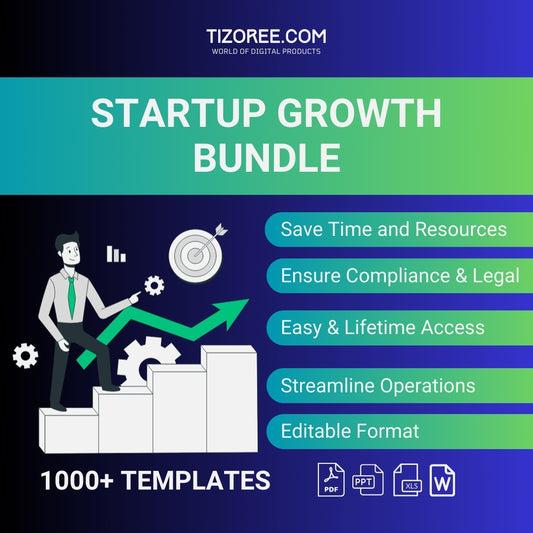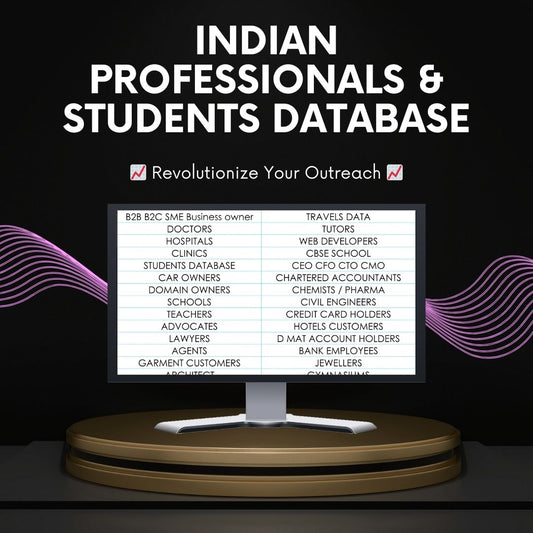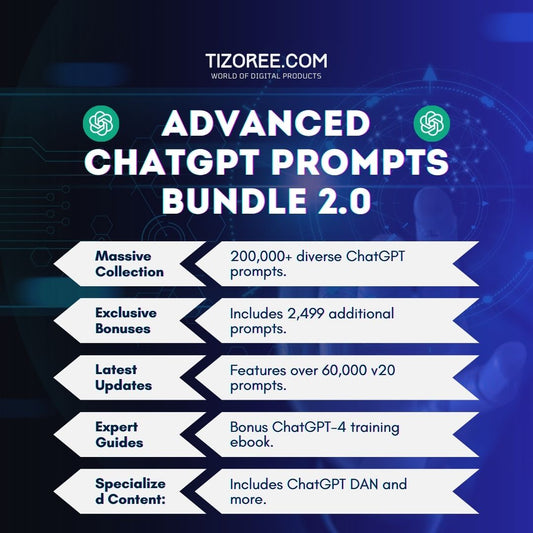I Used ChatGPT to Rank #1 in Google (in One Hour)
Share
In the ever-evolving world of digital marketing, the debate over AI-generated content versus human-written content continues to be a hot topic. Many believe that Google dislikes AI content due to its spam policies. However, this notion is rooted in misunderstanding.
The key is not the use of AI itself, but rather how AI content is created and utilized. This article explores an interesting experiment that demonstrates how AI content can rank highly on Google, even surpassing well-established websites.
The Experiment: Aiming for the Top
The goal of this experiment was to rank #1 on Google using AI-generated content in under one hour. The strategy involved selecting keywords that had featured snippets, which are the boxed information that appears at the top of the search results. To qualify for a featured snippet, a website needs to rank within the top 10 search results for that keyword. The first step was to identify potential keywords.
Using Ahrefs' Webmaster Tools, a vast database of keywords was filtered to find those with featured snippets. After a brief search, over 7,000 keywords were identified, providing a plethora of options to choose from. The plan was to analyze these keywords and select one that had room for improvement in its featured snippet.
Choosing the Right Keywords
Selecting the right keywords is crucial for this process. A few guidelines were established to ensure the chosen keywords would yield the best results:
- Relevance: The blog post must be a good match for the keyword query.
- Authority: The page currently holding the snippet should have a similar or higher domain authority than the website attempting to rank.
- Recent Ranking: The chosen keywords should not have recently held the featured snippet for an extended period.
By adhering to these rules, ten keywords were selected for optimization. The next step was to harness the power of ChatGPT to improve the content for these keywords.
Leveraging ChatGPT for Content Generation
With the keywords in hand, the next phase involved using ChatGPT to rewrite snippets for better clarity and relevance. The first keyword tackled was "marketing funnel." Since HotJar owned the current snippet, the definition provided by them was copied and pasted into ChatGPT, with a request to enhance it.
The output, however, was unexpectedly lengthy and more akin to a blog post than a concise definition. This highlighted a critical point: the importance of context in AI-generated content. To improve the quality of responses from ChatGPT, it was essential to set clear expectations about what constituted a good snippet.
Defining Success for Featured Snippets
To align expectations, a series of questions were posed to ChatGPT regarding the different types of Google featured snippets. This helped establish a checklist of criteria for what makes a definition snippet superior to another. Armed with this knowledge, the content was fine-tuned to meet the requirements.
The process involved giving ChatGPT the task of rewriting the definition while explaining why it was better than the previous one. This collaborative effort resulted in a more concise and effective definition.
Optimizing for Multiple Keywords
With approximately 35 minutes remaining, the focus shifted to optimizing the other nine snippets. ChatGPT proved to be a valuable partner in this endeavor, as it helped refine snippets for keywords like "PageRank," "SEO tips," and "SEO vs. SEM." The time management was crucial, and the goal was to maximize the number of optimizations completed before the hour was up.
As the clock ticked down, the aim was to finish strong. In the end, nine out of ten snippets were successfully optimized using AI, leaving only the waiting game to see if Google would recognize the improvements.
The Waiting Game: Results and Reactions
Just one day after the content updates, a significant milestone was achieved: the featured snippet for "SEO vs. SEM" was secured. This initial success provided a boost of confidence and excitement about the potential outcomes. However, the journey was far from over.
After a few days, a setback occurred. The snippet was lost, which raised questions about the sustainability of these changes. It became clear that while the experiment had yielded positive results initially, longer-term success was still uncertain.
Revisiting the Changes
In an attempt to understand the fluctuations in rankings, a revisit to the Google search results was necessary. It was discovered that the last updated date on the posts had not been changed, which could have influenced Google's perception of the content's freshness.
With time running out, a simple adjustment was made: the updated dates for the posts were changed to reflect the recent edits. This seemingly minor tweak set the stage for further analysis.
Tracking Progress and Gaining Insights
As the days passed, fluctuations in rankings were monitored closely. On December 15th, a notable increase in share of voice was observed for the featured snippet keywords, particularly for "PageRank." While the ranking was not yet at the top position, the progress indicated that something was shifting.
Consulting with SEO experts provided further insights. It was suggested that the date change might have triggered Google's algorithms, leading to a boost in rankings. This raised the question of whether the date adjustment had a direct impact on the visibility of the content.
The Return to the Office: A New Beginning
After taking a break for the holidays, the rankings were checked again on January 3rd. The results were exhilarating: the snippets for "SEO vs. SEM" and "keyword cannibalization" were successfully captured. Additionally, the keyword "PageRank" saw a significant rise in position.
This success was celebrated, but the quest for sustainability continued. Days turned into weeks, and while some snippets were retained, others were lost. The ultimate goal remained to hold a featured snippet for an extended period.
Outranking Established Competitors
On January 9th, a remarkable achievement occurred: the content managed to outrank Wikipedia for certain keywords. By the end of the month, three out of nine featured snippets were secured using AI content. This illustrated the potential of AI when it comes to optimizing content for search engines.
The Impact of AI Content on Rankings
By the middle of February, the snippets for "marketing funnel," "SEO vs. SEM," and "PageRank" were consistently held. The traffic boost was undeniable, with an estimated increase of over 10,000 monthly visits from search results. However, this success prompted further reflection on the role of AI in content creation.
To validate whether AI content truly outperformed human-written content, a decision was made to revert to the original human-written snippets. This meant returning to the previous versions of the content to assess how the rankings would change.
The Conclusion: Lessons Learned
The results of reverting to the original content were swift. Snippets were lost within hours, indicating that while AI-generated content had initially outperformed, it was not a blanket solution for all scenarios. The key takeaway was that Google values content that resonates with users.
AI can be a powerful tool for creating clear, concise, and user-friendly content. However, it should not be used to generate spammy content that risks penalties from search engines. Instead, focusing on clarity and user experience is essential for long-term success.
As the digital marketing landscape continues to evolve, the collaboration between AI and human creativity presents exciting opportunities. Embracing AI as a tool for optimization rather than a replacement for human ingenuity can lead to significant advancements in content strategy.
For those looking to refine their SEO techniques, exploring how to leverage AI effectively can provide valuable insights into achieving higher rankings and better engagement.



